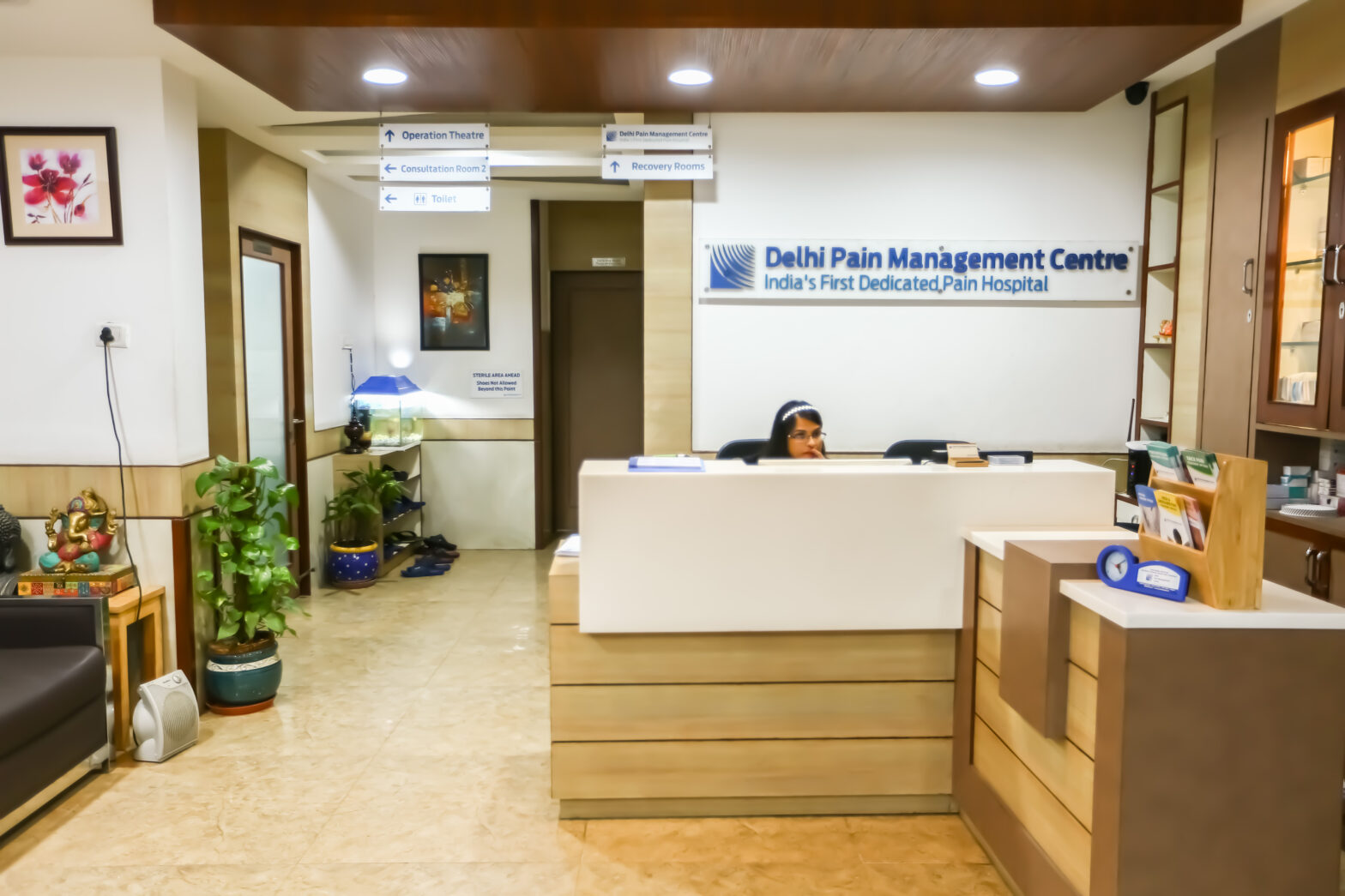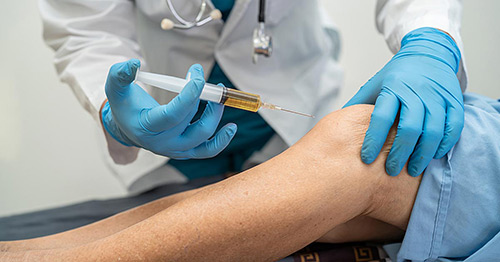
Treatments
Platelet Rich Plasma Therapy(PRP)
Platelet Rich Plasma Therapy(PRP)
The Platelet Rich Plasma (PRP) therapy (also known as Stem Cell Therapy) is a revolutionary pain treatment therapy involves injecting platelets from the patient’s own blood to rebuild a damaged tendon or cartilage. It has been successful in not only relieving the pain, but also in jumpstarting the healing process. The patient’s blood is drawn and placed in a centrifuge for 15 minutes to separate out the platelets. The platelet-rich plasma is then injected into the damaged portion of the tendon or cartilage.
Conditions Treated
- Tennis elbow
- Plantar fascitis
- Osteoarthritis knee (mild to moderate)
- Adhesive capsulitis of shoulder
- Retrocaneal bursitis
- De Quervain’s tenosynovitis
- Golfer’s elbow
- Trigger finger/thumb
- Achilles tendonitis

Frequently Asked Questions
How does PRP heal the body?
How long does the procedure take?
How many sittings are required with the therapy?
What are the expected results?
- The body’s first response to soft tissue injury is to deliver platelet cells.
- Packed with growth and healing factors, platelets initiate repair and attract the critical assistance of stem cells.
- PRP’s natural healing process intensifies the body’s efforts by delivering a higher concentration of platelets directly into the area in need.
- To create PRP, a small sample of your blood is drawn (similar to a lab test sample) and placed in a centrifuge that spins the blood at high speeds, separating the platelets from the other components. The process is handled manually by a lab technician, producing higher concentrations of platelets and a much more pure concentration of the beneficial blood components.
- The PRP is then injected into and around the point of injury, jump-starting and significantly strengthening the healing process.
- Because the patient’s own blood is used, there is no risk of a transmissible infection and a low risk of allergic reaction.
The procedure typically takes a couple of hours, including preparation and recovery time. Performed safely with advanced PRP equipment available at DPMC, the therapy relieves pain without the risks of surgery, general anesthesia, or hospital stays and without a prolonged recovery. In fact, most people return to their jobs or usual activities right after the procedure.
PRP produces results in 1-2 sittings only.
Because the goal of PRP therapy is to resolve pain through healing, it typically has long-lasting results. Initial improvement may be seen within a few weeks, gradually increasing as the healing progresses. Research studies and clinical practice have shown PRP therapy to be very effective at relieving pain and returning patients to their normal lives. Both ultrasound and MRI images have shown definitive tissue repair after PRP therapy, confirming the healing process. The need for surgery can also be greatly reduced by treating injured tissues before the damage progresses and the condition is irreversible.

